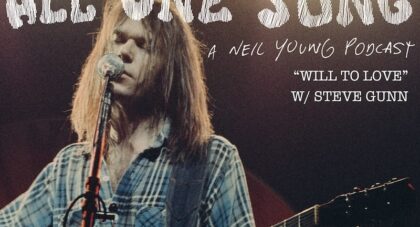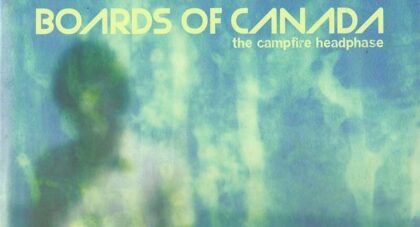Electronic music pioneer Morton Subotnick has achieved more in his 90 years than could be covered in days of conversation -- from the San Francisco Tape Music Center to the Buchla synthesizer to his groundbreaking electronic albums to his works for theater and dance. He shared an hour of his time and the conversation dove in the deep end, straight away. Still far ahead of his time, Subotnick is currently on his final run of performances - the "As I Live and Breathe Tour . . .
Only the good shit. Aquarium Drunkard is powered by its patrons. Keep the servers humming and help us continue doing it by pledging your support.
To continue reading, become a member or log in.


